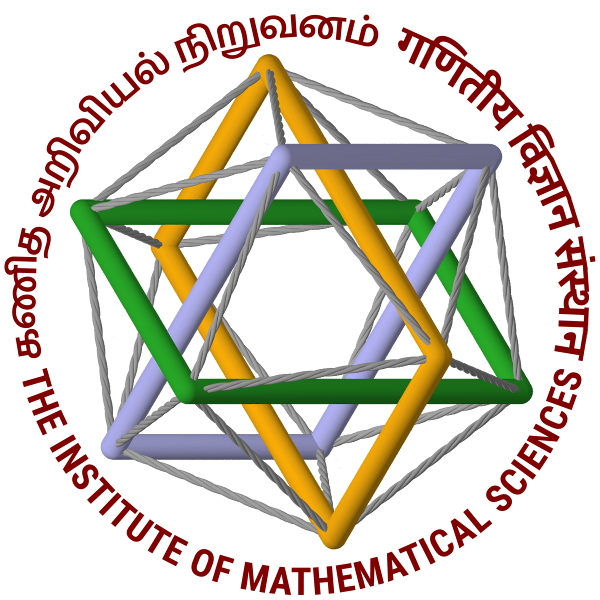A national institute for research in the theoretical sciences
Upcoming Events
Oct 21
14:00-15:00
14:00-15:00
Abhishek Mohapatra | Technical University of Munich
Physics Seminar | Alladi Ramakrishnan Hall
Oct 22
11:30-13:00
11:30-13:00
S P Suresh | CMI
TCS Seminar | Alladi Ramakrishnan Hall
Oct 22
14:00-15:00
14:00-15:00
Samapan Bhadury | Jagiellonian University, Krakow, Poland
Physics Seminar | Alladi Ramakrishnan Hall
Oct 22
15:30-17:00
15:30-17:00
Saket+ | IMSc
Parameterized Complexity Seminar
TCS Seminar | E C G Sudarshan Hall
Oct 23
14:00-15:00
14:00-15:00
Oorna Mitra | IISER Kolkata
Mathematics Colloquium | Alladi Ramakrishnan Hall





